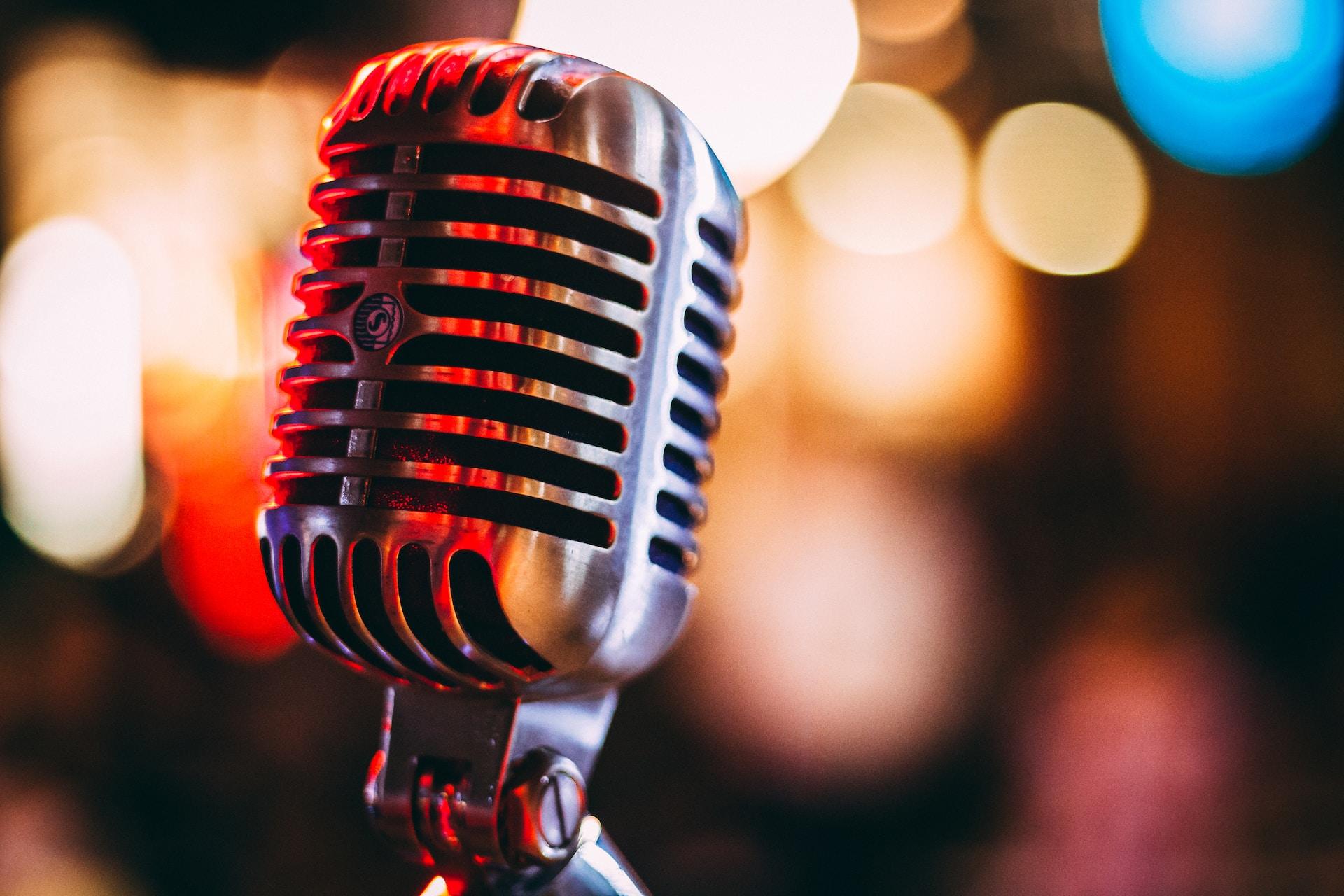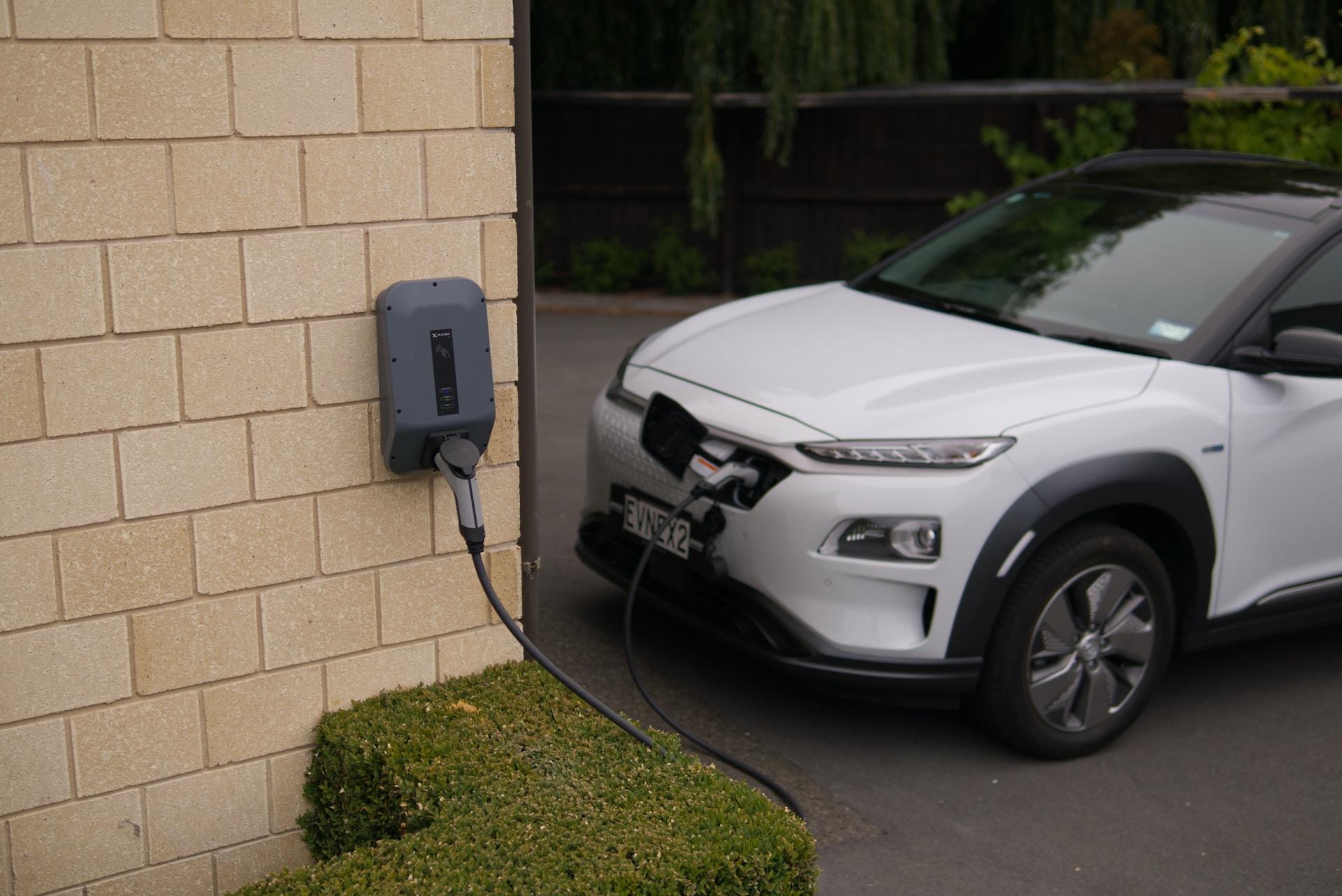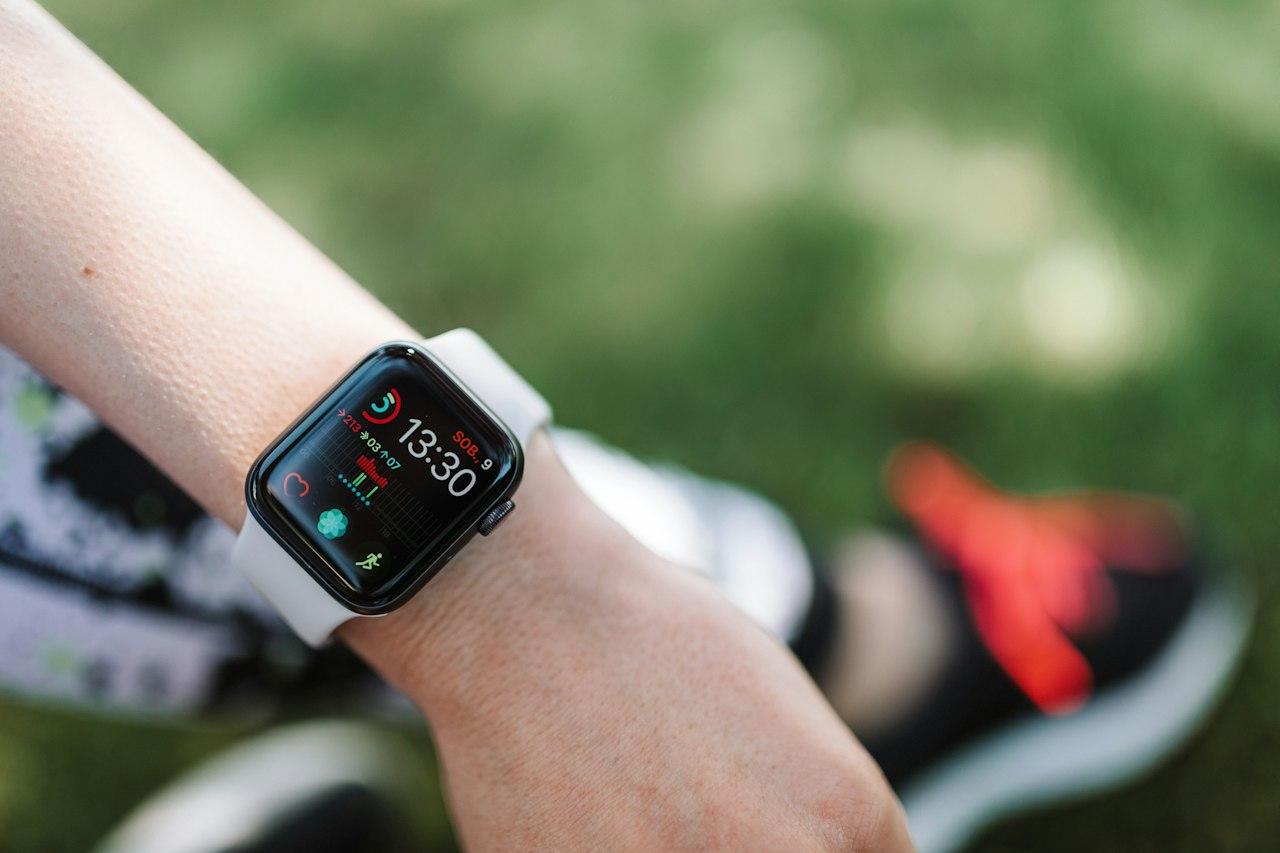In the ever-evolving landscape of audio recording, professionals and enthusiasts alike face the perennial challenge of unwanted background noise. This guide explores how to reduce background noise on microphone with precision and effectiveness. Whether you’re a podcaster striving for impeccable audio quality or a business professional engaged in virtual meetings, mastering the art of noise reduction is essential for ensuring your voice resonates clearly.
Contents
The Importance of Noise Reduction
Understanding the Impact
Before delving into specific strategies, it’s crucial to grasp the detrimental impact of background noise on your recordings. Unwanted sounds, be it hums, hisses, or ambient chatter, can detract from the clarity of your message. We recognize that standing out requires pristine, noise-free recordings in a world inundated with audio content.
Retaining Professionalism
For professionals participating in virtual meetings or conducting remote interviews, a noise-free environment is synonymous with professionalism. Clear, uninterrupted communication enhances your credibility and ensures that your message is delivered without distractions.
Advanced Strategies for Noise Reduction
Real-Time Monitoring
For those seeking real-time noise reduction, consider investing in microphones with built-in monitoring capabilities. This lets you immediately identify and address background noise, ensuring your recordings are pristine.
Multi-Layered Noise Reduction
Embrace a multi-faceted approach to noise reduction. Combining hardware solutions like quality microphones with software tools such as noise gates and equalizers can minimize unwanted background noise. We recommend experimenting with various settings to find the optimal configuration for your specific recording environment.
Maintaining Consistency in Audio Quality
Regular Maintenance
To consistently produce high-quality audio, adopt a routine maintenance schedule for your equipment. Check for any wear and tear, loose connections, or outdated software that might compromise your noise reduction efforts. A well-maintained setup is your first line of defense against unwanted background noise.
Continuous Learning
Staying abreast of the latest developments in audio technology and noise reduction techniques is crucial. Attend webinars, read industry publications, and engage with online communities to gain insights into cutting-edge strategies for enhancing audio quality.
Read Now: How to Connect Ring Camera to Wifi and How to Reset IP Camera Without Reset Button
Troubleshooting Common Issues
Addressing Electronic Interference
Electronic interference is a common culprit for background noise. When troubleshooting, ensure that your recording setup is away from electronic devices such as routers, computers, or fluorescent lights that may introduce unwanted hums or buzzing.
Minimizing Reflections
Reflections within your recording space can contribute to unwanted echoes and background noise. Experiment with acoustic treatment, strategically placed panels to absorb reflections and create an acoustically optimized environment.
Expanding Your Toolkit
High-Quality Microphone Accessories
In addition to a top-notch microphone, consider enhancing your setup with quality accessories. Shock mounts, windshields, and isolation shields are valuable additions that further isolate your microphone from external disturbances, ensuring pristine recordings.
AI-Powered Noise Reduction Tools
Explore the realm of artificial intelligence for advanced noise reduction. AI-powered tools analyze audio data in real time, identifying and removing background noise intelligently. Incorporating such tools into your workflow can provide an extra layer of precision in achieving noise-free recordings.
Conclusion
In the pursuit of impeccable audio quality, mastering the art of noise reduction is non-negotiable. From understanding the impact of background noise to implementing advanced strategies, troubleshooting common issues, and expanding your toolkit, we have covered a spectrum of techniques to elevate your recordings.
FAQs about How to Reduce Background Noise on Microphones
- What is the primary cause of background noise in microphone recordings?
- Background noise in microphone recordings can stem from various sources, including ambient sounds, electronic interference, and reflections within the recording space. Identifying the specific source is crucial for implementing effective noise reduction strategies.
- How can I choose the right microphone to minimize background noise?
- Opt for a microphone with advanced noise-canceling features from reputable brands such as Shure, Audio-Technica, or Rode. Consider models known for their ability to isolate sound sources and provide clear audio, especially in environments prone to background noise.
- Are there real-time solutions for monitoring and addressing background noise during recordings?
- Yes, investing in microphones with built-in monitoring capabilities allows real-time identification and adjustment of background noise. This ensures that your recordings remain pristine from the beginning, minimizing the need for post-processing edits.
- What are some common troubleshooting techniques for background noise in microphone recordings?
- Troubleshooting electronic interference involves keeping recording setups away from devices like routers and fluorescent lights. Additionally, minimizing reflections can be achieved through strategic placement of acoustic treatment, absorbing echoes, and reducing unwanted background noise.
- Are there advanced tools or accessories beyond microphones for noise reduction?
- Absolutely. Enhance your recording setup with accessories like shock mounts, windshields, and isolation shields to isolate the microphone further. Additionally, consider exploring AI-powered noise reduction tools that intelligently analyze audio data in real time for more precise noise elimination.
Read Now: How to Share Ring Camera Access and How to Connect Security Camera to TV Without DVR




